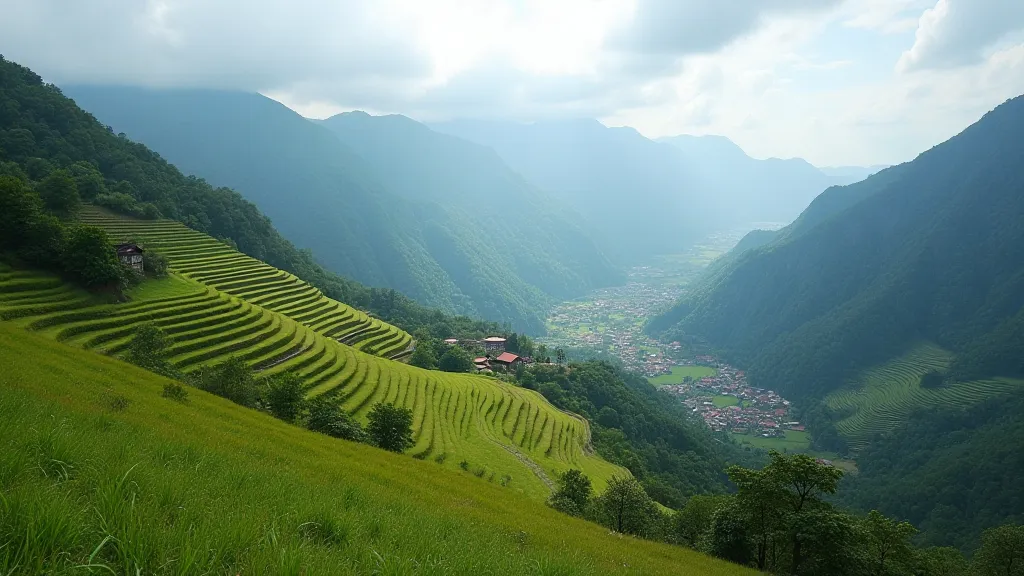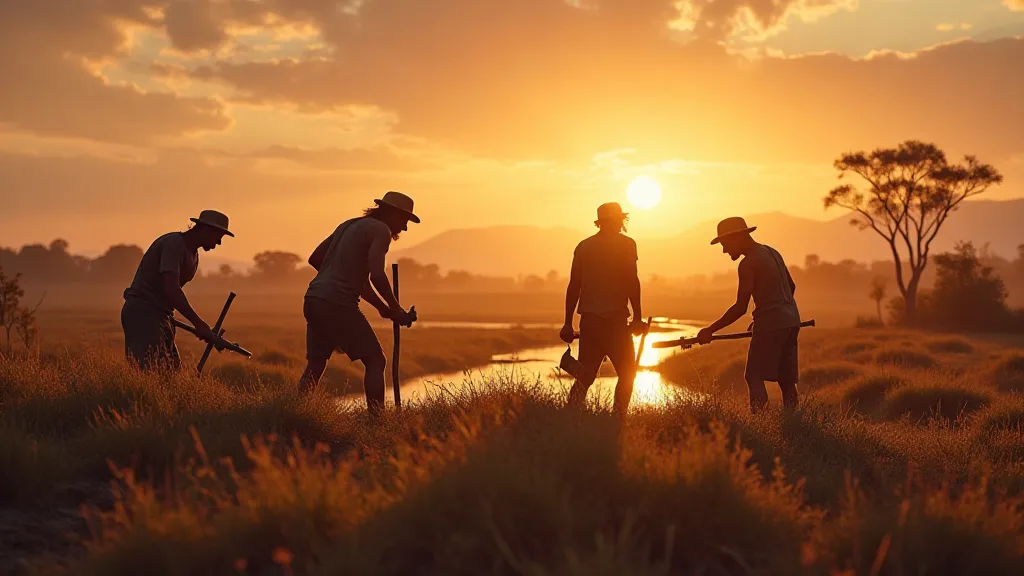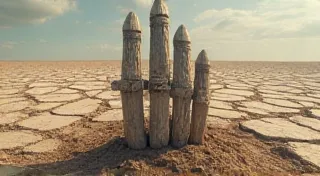Impacts of Early Agricultural Practices on Regional Climate
The relationship between human activity and climate isn’t a modern phenomenon. For millennia, human societies have been actively shaping landscapes, and with those changes came subtle, and sometimes significant, alterations to regional climate patterns. This article explores how early agricultural practices, predating the Industrial Revolution, impacted regional climates, focusing on the interplay of land use, deforestation, irrigation, and their consequences.
Deforestation and its Consequences
Perhaps the most significant early impact on regional climate was deforestation. As agricultural societies expanded, forests were cleared to create farmland. This wasn’t simply a matter of removing trees; it was a cascade of climatic effects. Trees play a crucial role in the water cycle. They intercept rainfall, reducing runoff and allowing water to infiltrate the soil, recharging groundwater reserves. They also release water vapor into the atmosphere through transpiration, contributing to local humidity and rainfall.
When forests are removed, rainfall patterns can shift. Reduced transpiration leads to decreased humidity and potentially less precipitation, particularly during the growing season. Soil moisture declines, making areas more susceptible to drought. The exposed soil is also more vulnerable to erosion, further degrading land quality and impacting water availability. Moreover, forests act as carbon sinks, storing vast amounts of CO2. Deforestation releases this stored carbon back into the atmosphere, contributing to a gradual increase in greenhouse gas concentrations – a factor recognized only much later in scientific understanding of climate change.
Early civilizations in the Mediterranean, Mesopotamia, and even parts of Europe experienced cycles of deforestation and climate change, with periods of agricultural prosperity followed by periods of drought and societal collapse, potentially linked to these effects. While it's challenging to establish direct causal links definitively (due to the complexity of past climate systems), the correlation is undeniable in many cases.

Irrigation and Altered Hydrology
The development of irrigation systems represented another significant human intervention in regional climate. While irrigation can dramatically increase agricultural productivity, it also has profound effects on hydrology – the science of water movement. Large-scale irrigation projects often involve diverting rivers and streams, fundamentally altering water flow patterns.
In arid and semi-arid regions, irrigation can temporarily increase local humidity and rainfall due to increased evaporation. However, it can also lead to salinization – the buildup of salts in the soil due to evaporation. This salinization reduces soil fertility and can even render land unusable for agriculture. Furthermore, diverting water from rivers can negatively impact downstream ecosystems and communities, leading to water scarcity and potential conflicts.
The Tigris-Euphrates river basin, the Indus Valley Civilization, and ancient Egypt all relied heavily on irrigation. While these civilizations flourished thanks to these technologies, the long-term sustainability of these systems often proved challenging, with evidence of environmental degradation and societal decline in some cases. Understanding how early societies managed – or failed to manage – their water resources is crucial for contemporary efforts to ensure water security.
Land Use and Albedo Effects
Beyond deforestation and irrigation, broader changes in land use have also impacted regional climate. Albedo, a measure of how much solar radiation a surface reflects, is key. Forests typically have low albedo, meaning they absorb a lot of sunlight. When forests are replaced by farmland, particularly if that farmland is covered in crops with a higher albedo (more reflective), more solar radiation is reflected back into the atmosphere. This can lead to localized cooling.
However, the overall effect is complex and depends on numerous factors, including the type of crop grown, the soil characteristics, and the overall regional climate. Historically, grazing lands, especially those with sparse vegetation, often resulted in increased albedo compared to forested areas, influencing regional temperature patterns.

The Legacy of Early Agricultural Impacts
While the Industrial Revolution is widely recognized as the primary driver of modern climate change, the impact of early agricultural practices on regional climate was substantial. The effects, though often subtle and difficult to isolate from natural climate variability, contributed to long-term climate shifts and shaped the landscapes we see today. Analyzing historical weather patterns and archaeological evidence allows us to better understand the long-term consequences of human-environment interactions and informs our efforts to develop more sustainable land management practices in the face of contemporary climate challenges.
Conclusion
The study of weather history provides valuable insight into the intricate relationship between human activities and climate patterns. By examining how early agricultural techniques influenced regional climates, we gain a deeper appreciation for the long-term environmental consequences of our actions and the importance of sustainable land use practices. Further research, combining archaeological data, paleoecological records, and climate modeling, is essential for a complete understanding of this complex interplay.






